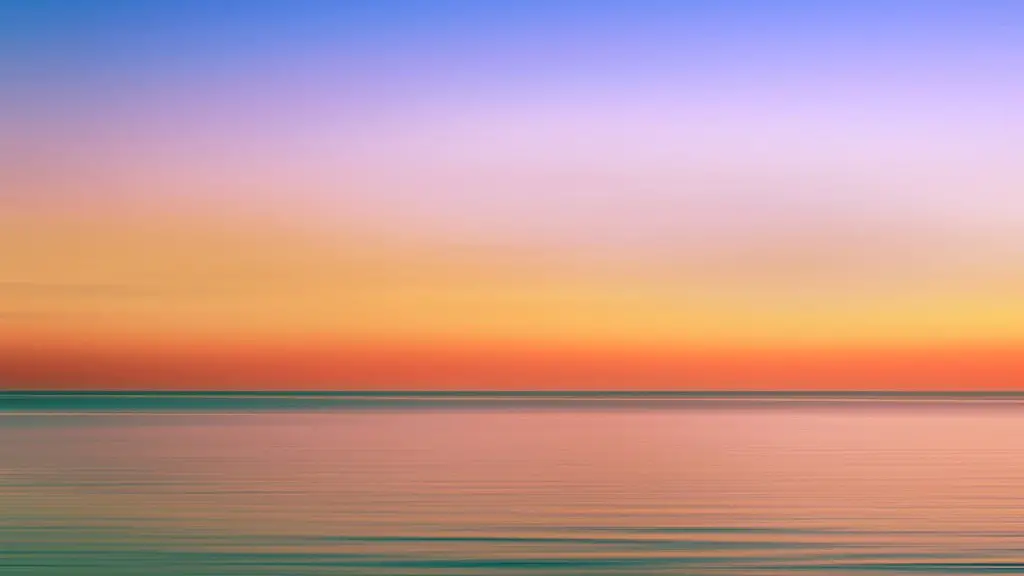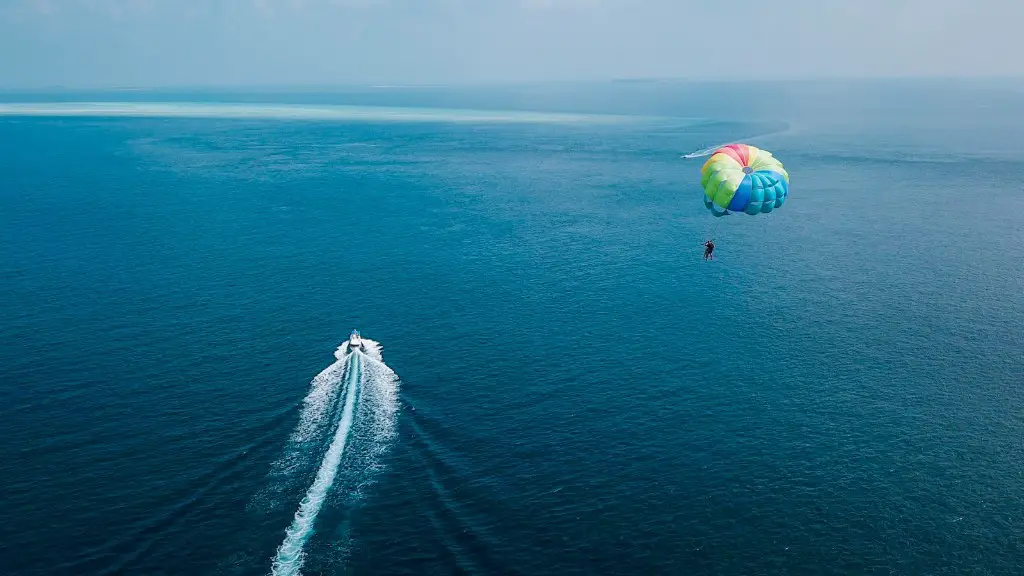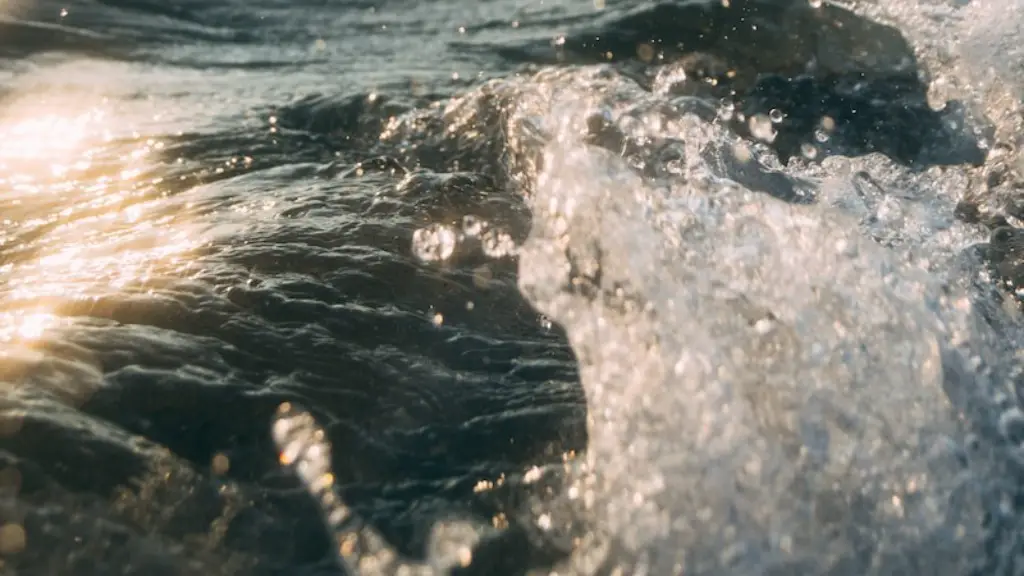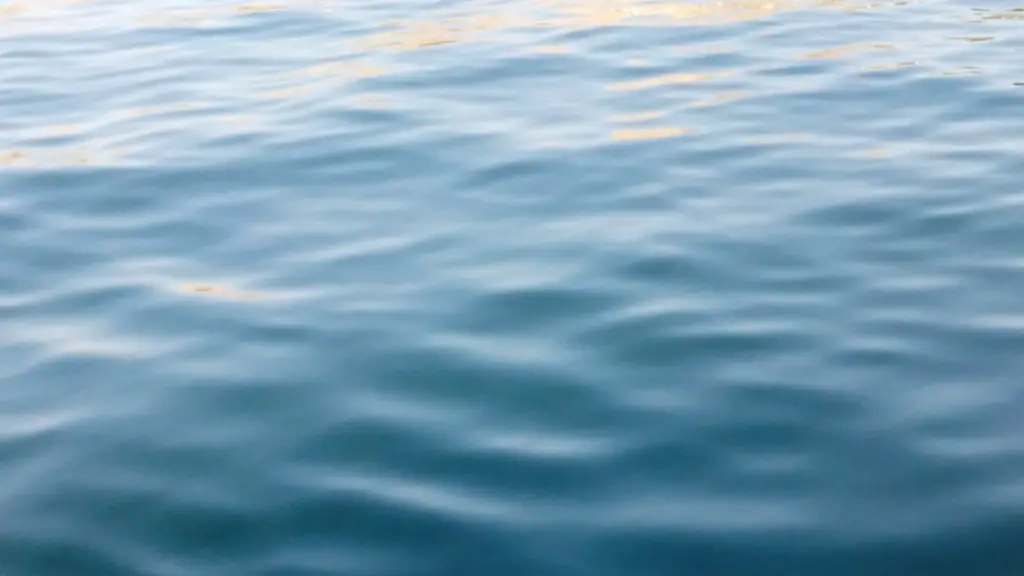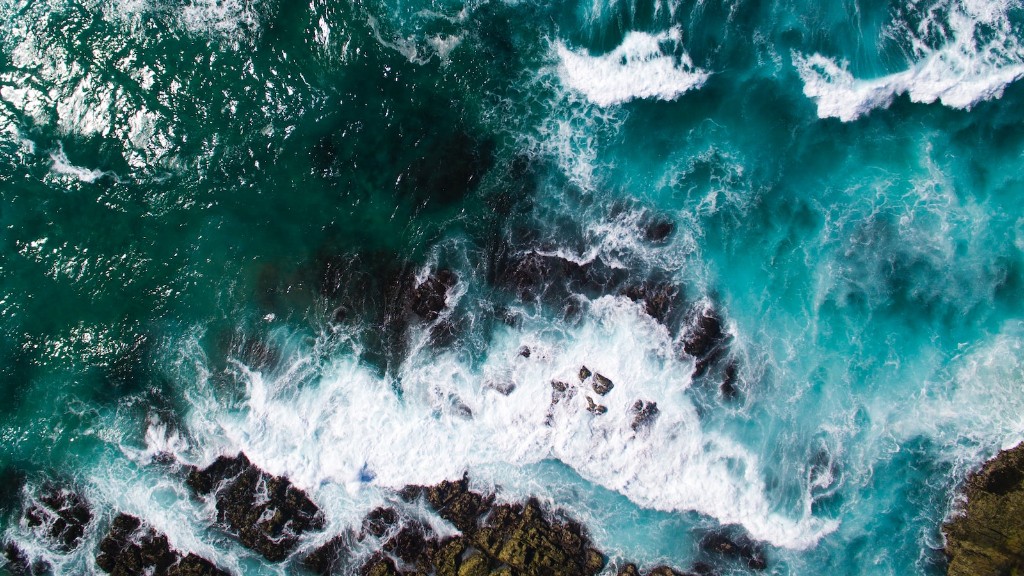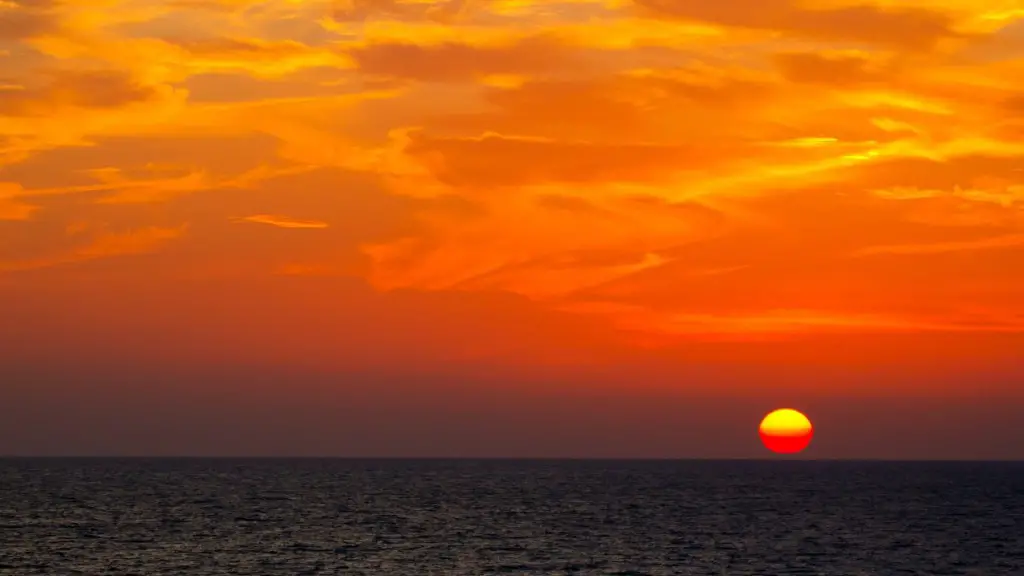The Caribbean Sea is an incredibly vivid and rich ecosystem filled with life. From the coral reefs, ocean valleys and its depths to the mangroves, sea grass beds and estuaries, the Caribbean teems with life. There are a number of amazing species, both flora and fauna, that can be found in this amazing corner of the world.
From the amazing endangered sea turtles that graze the mangroves and sea grass beds to the Goliath Grouper, sharks and even sperm whales that can be seen prowling the depths of the ocean, there are many species living here in the Caribbean. The colorful coral reefs and the lush marine vegetation that thrive in the Caribbean waters make this sea a place full of life and color.
Reef fish like the parrotfish, angelfish, butterflyfish, damselfish, pufferfish and grouper, as well as predators like barracuda, snappers and jacks, infuse the waters of the Caribbean Sea with vibrance. Then there are rays such as eagle, manta and stingrays, which are also present. Every year, during the summer time, sea turtles come to the Caribbean to breed or to lay their eggs.
Apart from the fish and turtles, the Caribbean Sea is home to a vast number of invertebrates. These include starfish, urchins, sponges, jellyfish, and urchins. Also, crabs, shrimps and lobsters lurk beneath the waves. Even the cephalopods, like the octopus and the cuttlefish, and the shellfish, such as clams and oysters, occupy various spots in the Caribbean waters.
The Caribbean Sea is also home to manatees, which are an endangered but gentle species. They are often the victim of commercial fishing, watercraft and pollution, but the governments of the region are doing a tremendous job in regulating their presence and managing their populations through, for example, protected areas.
Aside from the marine life, the Caribbean Sea is also home to a myriad of birds. Pelicans, ospreys, and frigates, among many others, can be found in the mangroves or pelagic waters hunting for prey. Even sea birds eat the abundant sea life available here.
Finally, the vast coral reefs of the Caribbean Sea provide an ideal habitat for a number of creatures. Coral ecosystems offer complex networks of interrelationships with thousands of species of fish, molluscs, sponges, and many other organisms, all of whom are essential to make the coral reef thrive.
Effects of Climate Change in the Caribbean Sea
The effects of climate change are particularly stark in the Caribbean Sea. As global temperature continues to rise, the warmer temperatures are stressing out coral reef communities, supporting fewer species in a smaller area and changing the makeup of the already delicate ecosystem.
The present rate of coral degradation is causing severe losses of reef connectivity and instability which puts the future functioning of coral ecosystems in jeopardy. On a regional scale, due to ocean warming, the most heavily impacted corals of the Caribbean are projected to decline by more than 90% by the end of the century if the global temperature continues to rise.
The impact of climate change is also visible in the region’s fish populations. Some fish species have shifted their ranges as a response to warming water, bringing them closer to the south border of the bioregion. This has a domino effect, exacerbating the food chain and impacting the other species.
Regional sea levels have also increased due to climate change, adding to the growing list of threats facing marine life in the Caribbean. Higher sea levels bring more wave action, which damages coral reefs and other sensitive habitats, further stressing coral communities and other species.
Tropical storms, also influenced by climate change, also increases the number of sand bars and tidal channels, making navigation more dangerous and decreasing the amount of habitats for fish and other species.
Preservation Efforts in the Caribbean Sea
Given the delicate nature of the ecosystem in the Caribbean Sea, various organizations are taking action to protect and preserve its delicate balance. One such group is the Caribbean Alliance for Sustainable Tourism, a multi-sector association of tourism organizations in the region.
The organization promotes sustainable tourism practices among recreational and commercial fishers and ecotourism operators, providing education and awareness campaigns to reduce the risk of overfishing and other damaging practices. In addition, the organization has developed dozens of sustainable management plans to ensure optimal resource use while considering human, animal and ecological needs.
Another initiative that has made incredible contributions to the protection of the Caribbean Sea is Partners for Education in Marine Sciences (PEMS). This organization is a partnership among 20 leading universities and research institutes from the Caribbean and Latin American regions, with the mission of addressing critical marine science and conservation issues facings the region.
PEMS has made tremendous progress in the region, developing education, research and management projects that bring together government, universities, business and civil society organizations to identify and respond to the most pressing needs and trends facing the Caribbean.
Now more than ever it is vital to prioritize marine conservation if we want to protect the Caribbean and its unique biodiversity, while still allowing its human inhabitants to benefit and prosper.
The Impact of Tourism in the Caribbean Sea
The tourism industry is one of the most influential economic and social forces in the Caribbean Sea. The number of visitors to the region increases year-to-year, bringing with them economic, social and ecological impacts. This can lead to the degradation of natural resources and ecosystems.
Tourism can also lead to the spread of invasive species, placing additional pressures on the already fragile ecosystem. Pollution from tourist activities is a major concern, leading to coral bleaching due to water temperature rises and increased levels of fertilizers and other contaminants from wastewater and runoff.
However, tourism can also bring benefits to the Caribbean. The influx of tourism brings money, infrastructure and jobs to the region, improving the overall quality of life while still preserving its unique marine resources. Additionally, it has been seen that ecotourism can actually help conserve wild populations and habitats, if done right.
The Caribbean Alliance for Sustainable Tourism is playing a crucial role in balancing the interests of human development with conservation efforts in the region, developing projects that encourage environmental protection, while allowing tourism to flourish.
The Threat of Overfishing in the Caribbean Sea
Overfishing is one of the biggest threats facing the Caribbean Sea. Illegal, unreported, and unregulated fishing has had a huge impact on the region’s marine biodiversity. This practice has led to severe declines in fish populations, including those of sharks, groupers and snappers, which are particularly important for commercial fisheries.
To make matters worse, habitat destruction due to coastal development, shoreline armoring, coastal dredging and beach nourishment operations has decreased the amount of suitable habitats available for marine species.
The growing human demand for fish has also severely impacted the reefs. Recent studies contend that up to 90% of the Caribbean Sea’s coral reefs have disappeared due to increased overfishing and habitat destruction.
Given the severity of the situation, the length at which the factors discussed here have impacted Caribbean marine life, only a concerted effort involving all sectors involved can bring any real progress in protection of the Caribbean Sea.
The Role of Governments in the Preservation of the Caribbean Sea
In face of the dire ecological situation that currently threatens the region, governments have begun to play an increasingly important role in the conservation of the Caribbean Sea. The governments of Belize, Colombia, Costa Rica, Honduras, Peru, and Panama, for example, have passed conservation-oriented laws and regulations that protect some of the world’s most imperiled habitats, mainly within its large marine reserves.
These regulations have helped protect and restore coral reefs, reduce illegal fishing, reduce the expansion of urban areas, as well as provide jobs in the tourism and other conservation-related sectors. This has all been accomplished with financial and educational assistance from international non-profits, NGOs, and private sector industries.
More recently, some of the governments in the region have started to recognize the importance of sustainable fishing and have rolled out initiatives such as Marine Protected Areas (MPAs) to strengthen fishery regulations and enforcement, as well as NOAA’s Sustainable Seafood Initiative, which recognizes the importance of local fisheries management and sustainable seafood.
These initiatives and regulations have had a positive effect in the Caribbean’s fisheries and coral reefs. However, there is still much progress to be made in order to fully restore the pristine beauty that the region enjoyed before the invasion of human development.
The Role of NGOs in the Preservation of the Caribbean Sea
The nonprofit sector is playing a crucial role in the effort to preserve the Caribbean Sea. Through education and awareness campaigns, research and management projects, and collaboration with governments and local stakeholders, NGOs are having a major impact in restoring the delicate balance of the Caribbean Sea.
For example, The Nature Conservancy is working with local communities, governments, and private sector groups to restore reefs, reduce unsustainable fishing, and protect critical habitats and species in the Caribbean. The organization has also worked with partners to develop a wide range of programs, such as artificial reef restorations and protected areas, which have had a positive impact on the Caribbean Sea and its inhabitants.
Similarly, the Sea Turtle Conservancy is helping to protect sea turtles in the Caribbean, developing innovative preservation strategies and campaigning for public awareness and community empowerment, with initiatives like locally-run nesting patrols and the Caribbean Sea Turtle Conservation Network.
Other organization, such as Conservation International, the Global Nature Fund, and the MarViva Foundation, among many others, are all doing their part to ensure that the Caribbean Sea maintains its beauty and biodiversity so that future generations can come and enjoy it.
